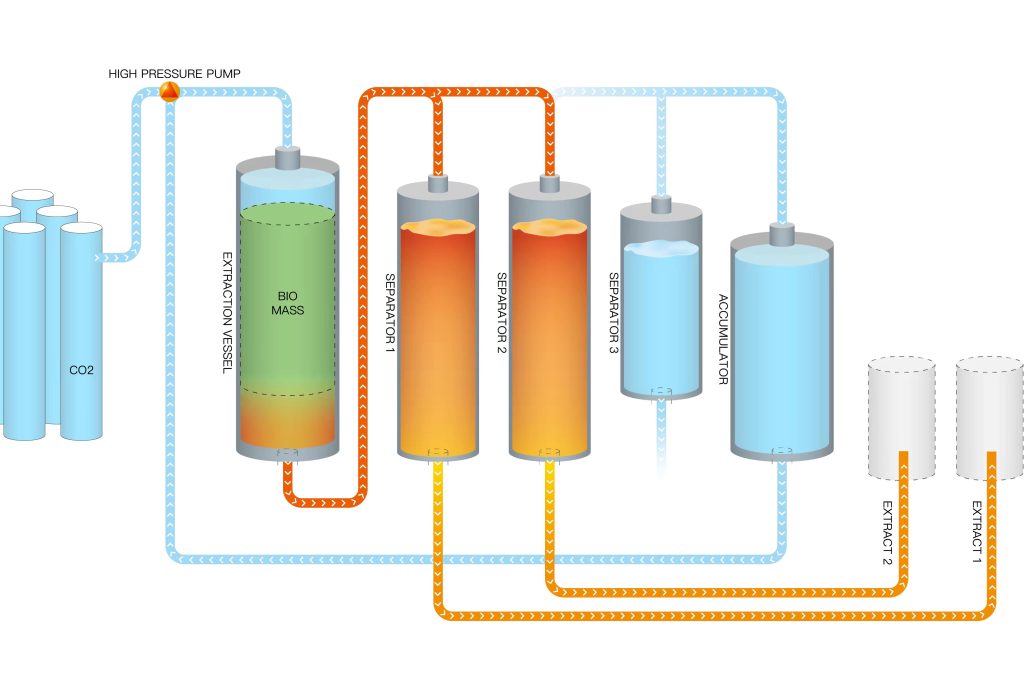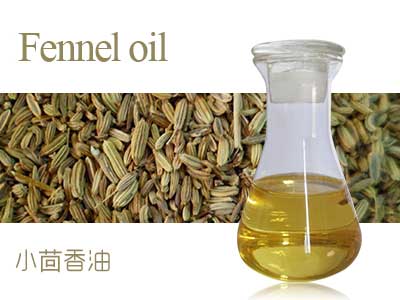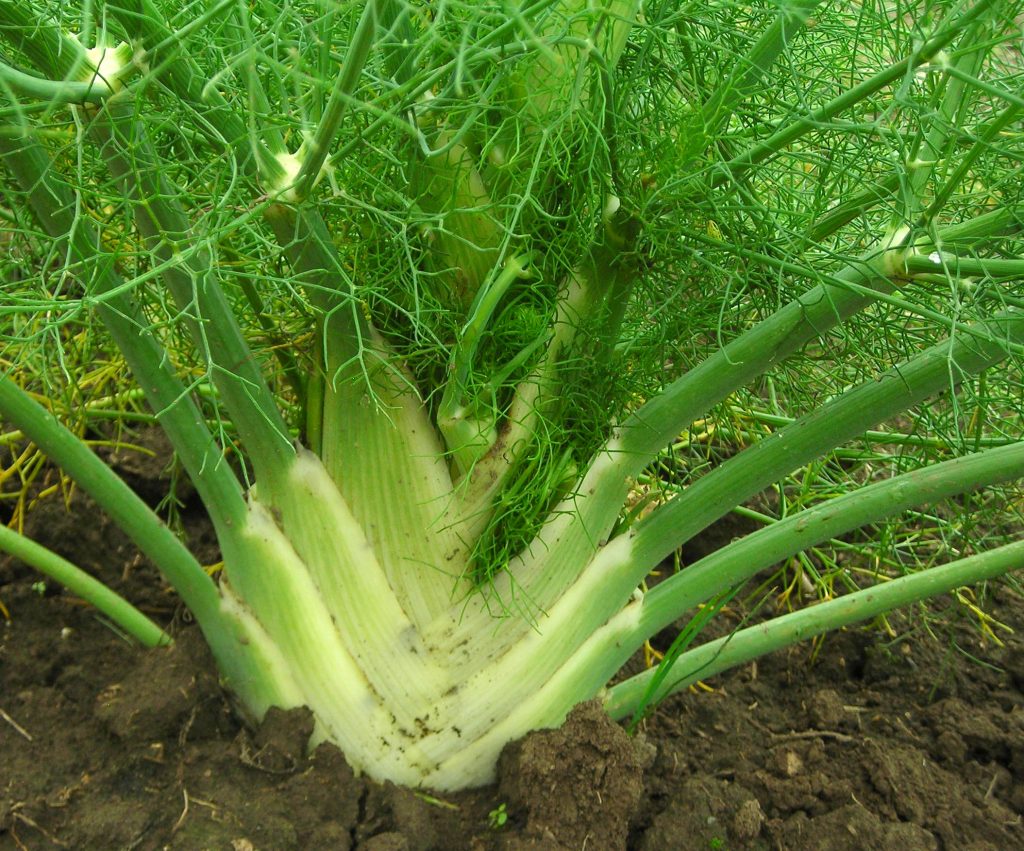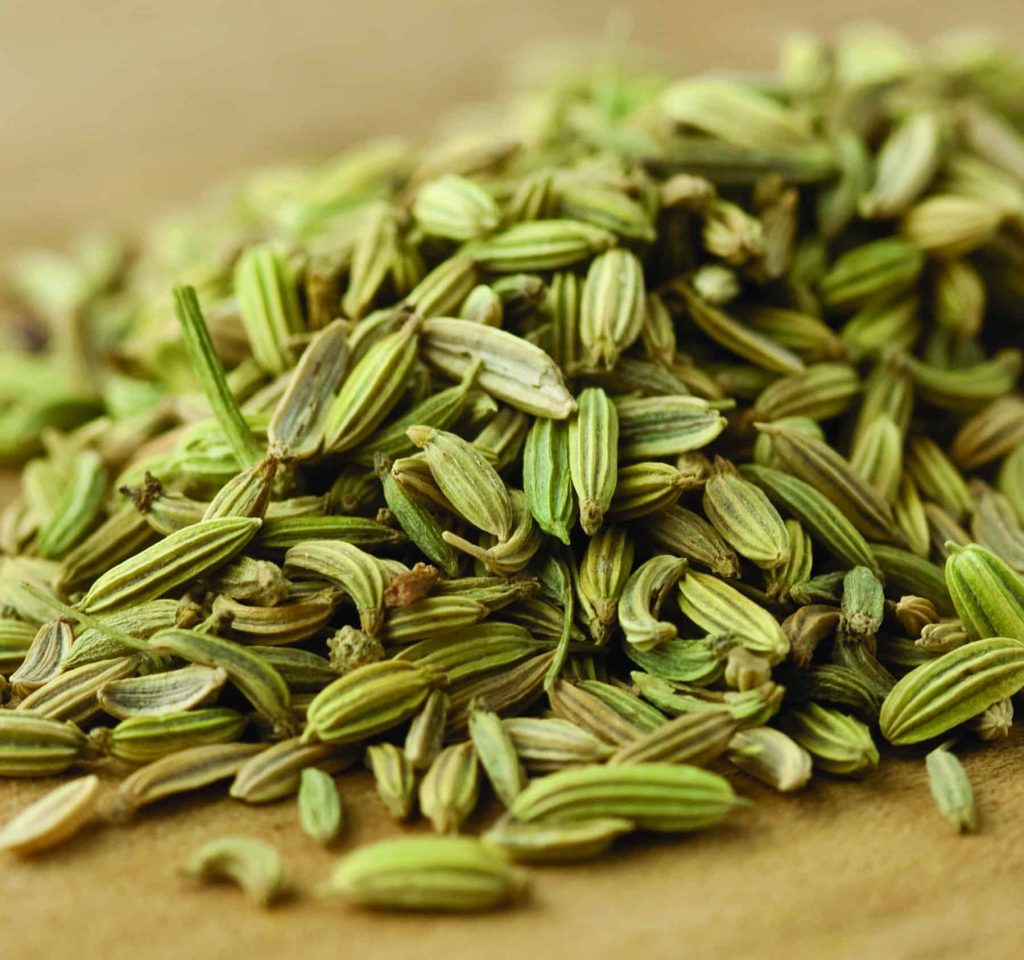Fennel, a versatile herb known for its distinct flavor and aroma, also yields a valuable essential oil with various medicinal and culinary applications. This article delves into the extraction methods of fennel oil, with a specific focus on the highly efficient CO2 extraction technique and its advantages over other methods.
Fennel Oil and Its Applications
Fennel essential oil, derived from the seeds of the Foeniculum vulgare plant, possesses a wide range of therapeutic properties. It is valued for its digestive, expectorant, and diuretic effects, making it a key ingredient in aromatherapy, skincare, and culinary preparations.
Common Extraction Methods
Several extraction methods are employed to obtain fennel oil, including steam distillation, solvent extraction, and CO2 extraction. In this article, we will explore the CO2 extraction method, which stands out for its efficiency, selectivity, and ability to produce high-quality fennel oil.
CO2 Extraction Method
Supercritical CO2 extraction, a state-of-the-art technique, utilizes carbon dioxide in its supercritical state as a solvent. This process involves subjecting fennel seeds to high pressure and temperature, enabling the CO2 to act as both a gas and a liquid, effectively extracting the essential oil while preserving its integrity.
Comparison of Fennel Oil Extraction Methods
| Extraction Method | Advantages | Disadvantages |
|---|---|---|
| CO2 Extraction | High extraction efficiency | High equipment cost |
| Selective extraction of essential oil components | Requirement for technical expertise | |
| Minimal solvent residue in the final product | ||
| Preservation of oil quality and potency | ||
| Steam Distillation | Simplicity and widespread use | Lower extraction efficiency |
| Potential degradation of oil components | ||
| Longer extraction time | ||
| Solvent Extraction | High yield of essential oil | Use of organic solvents |
| Solvent residue in the final product | ||
| Potential alteration of oil composition |
CO2 Extraction Process
The CO2 extraction process for fennel oil involves several key steps. First, fennel seeds are placed in an extraction vessel, which is then pressurized with CO2 gas until it reaches its supercritical state. The supercritical CO2 acts as a solvent, selectively extracting the essential oil from the seeds. Finally, the CO2 and oil mixture is depressurized, allowing the CO2 to return to its gaseous state, leaving behind a high-quality fennel oil.
Advantages of CO2 Extraction for Fennel Oil
- High extraction efficiency, ensuring a greater yield of essential oil.
- Selective extraction of desired components, resulting in a more potent and concentrated oil.
- Minimal residue of solvents in the final product, making it safer for consumption or application.
- Preservation of the oil’s quality and potency due to the gentle extraction process.
- Greater control over extraction parameters, allowing customization of the oil’s composition.
CO2 Extraction Machine Extracts Fennel Essential Oil Video

CO2 extraction process
- Drying
- Grinding (pulverizing)
- CO2 extraction
- Distillation
Fennel essential oil

Fennel oil is extracted from dry fennel seeds. This is an herb with a long medical reputation believed to convey longevity, courage and strength.
Fennel
Fennel (Foeniculum vulgare) is from the parsley family (Apiaceae or Umbelliferae) and comes from Australia and Spain. It grows to 4.5 feet and has yellow flowers.

Fennel seeds are used as a digestive aid and balances menstrual cycles, strengthen eyesight and neutralize poisons.
Use part

Green parts, dry seeds, roots of plants.
Extraction Method
Supercritical Fluid Extraction Process (SCFE) also called Co2 Extraction process.
Chemical nature of fennel essential oil
- Colorless or light yellow liquid. The relative density is 0.965-0.985, the refractive index is 1.535-1.560, and the specific rotation is -11°-+20°.
- It smells of fennel.
- Colorless to pale yellow liquid
Aroma/taste of fennel essential oil
- Fennel Sweet has a spicy, sweet, woody scent.
- Mild, camphor-like aroma and slightly bitter burnt taste, the head has a soily fragrance.
Physical properties of fennel essential oil
- Specific gravity: (20℃)0.889-0.921
- Optical rotation: +20o—+68o
- Refractive index: (20℃)1.4840-1.5680
- Freezing point: <-10℃
- Main ingredients: α-pinene, camphene, α-phellandrene, dipentene, anethole, fenchone, aldehydes, anisic acid
- The content of fennel oil: Anethole 50~60%
Pharmacological action
Skin curative effect
It removes greasy skin and has obvious anti-wrinkle effect.
Physical utility
- Fennel oil has a very good anti-toxic effect, the most important function is to treat alcoholism, treat poisonous snake bites, poisoning symptoms caused by ingestion of poisonous plants.
- Can help patients with gout and rheumatism, eliminate waste from the body, and reduce the chance of arthritis
- Like other plants in the cephalophyllaceae family, fennel has a good effect in helping digestion and reducing flatulence. It can quickly relieve nausea, nausea, flatulence, indigestion, abdominal cramps, and hiccups.
- Drinking fennel tea can treat colitis. It also has a special function related to digestion, which can reduce appetite (chewing seeds). Fennel has the function of diuresis and killing bacteria in the urinary tract.
- It is also very suitable for the treatment of cellulitis. The accumulation of a large amount of toxic substances and body fluids in the subcutaneous fat layer will cause the skin to swell, appear wrinkles, and form a typical cellulite.
- Fennel has special functions on the female reproductive system. It may be because fennel contains some plant hormones that are very similar to estrogen, which makes it have the function of adjusting the menstrual cycle. It is especially suitable for treating symptoms such as insufficient menstrual blood or menstrual pain. It can help menopausal women to stimulate The adrenal glands secrete estrogen to reduce the discomfort caused by excessive changes in hormone concentration. The hormone-related fennel function is to help breastfeeding mothers to secrete more milk.
Spiritual effect
From fatigue and stress, liberate the body and mind to relax, have the ability to refresh and purify.
Pharmaceutical properties of fennel essential oil
- Like estrogen, dysmenorrhea, help childbirth, promote milk secretion;
- Anti-spasm (neuromuscular aspect) regulates the reflex function of the central nervous system and spinal cord, relaxes the muscles, has a slight paralysis, and relieves pain.
- Dispel flatulence, invigorate the stomach, replenish the body and appetite (slightly stimulate the secretion of the digestive glands), promote choleretics, and stimulate the secretion of bile.
APPLICATION
Fennel is an antiseptic, antispasmodic, carminative, depurative, diuretic, expectorant, laxative, stimulant, digestive and may be used for cellulite and obesity. It is also believed to be invigorating, restoring, stimulating and warming.
Safety and use precautions
None, avoid use during pregnancy
About fennel
Ocean fennel has been used by humans since ancient Egypt. The ancient Egyptians used it in medicine or cooking, and believed that it had the effect of “awakening the soul”. In the Chinese dietary tradition, the cousin of fennel, star anise, is used as a medicinal material to treat flatulence.
The most noticed benefit of fennel is its estrogen-like benefit. Anethole is an ether structure, its mechanism of action is similar to estrogen, so some studies have shown that fennel may be another type of estrogen drug.
In the reproductive system, fennel, like other ether essential oils, can be used to promote the secretion of breast milk, and it is also helpful for menstrual pain or abnormal menstrual conditions. What’s more special is that fennel is more effective than other ether essential oils in the treatment of menstrual cramps because of its significant anti-spasmodic benefits.
In the digestive system, fennel has the effect of dispelling flatulence. For users who are accustomed to having flatulence after eating, they may wish to massage their abdomen with a low dose of fennel half an hour before a meal to avoid flatulence.
Are Anise and Fennel the Same?
While both fennel (Foeniculum vulgare) and anise (Pimpinella anisum) are native to the Mediterranean and both are from the same family, Apiaceae, there is, indeed, a difference. Sure, they both have a licorice flavor profile similar to tarragon or star anise (no relation to P. anisum), but they are completely different plants.
Fennel vs. Anise
Anise is an annual and fennel is a perennial. They both are used for their licorice flavor, which comes from the essential oil called anethole found in their seeds. As mentioned, many cooks use them fairly interchangeably, but there really is a difference in taste when it comes to fennel vs. anise.
Anise seed is the more pungent of the two. It is often used in Chinese five spice powder and Indian panch phoran and imparts a heavier licorice flavor than fennel. Fennel also has a licorice flavor, but one that is less sweet and not as intense. If you use fennel seed in a recipe that calls for the use of anise, you just may need to use a little more of it to get the correct flavor profile.
Other Anise and Fennel Differences
Fennel seeds come from a bulbing plant (Florence fennel) that is eaten as a vegetable. In fact, the entirety of the plant, seed, fronds, greens, and bulb are edible. Anise seed comes from a bush that is grown specifically for the seed; no other part of the plant is eaten.
So, the difference between anise and fennel is actually pretty major.
That said, are anise and fennel differences enough to clarify the use of one or the other; that is, using fennel or anise in a recipe? Well, it really depends on the cook and the cuisine. If you are cooking and the recipe calls for greens or bulb, the clear choice is fennel.
Anise is the better option for sweets such as biscotti or pizzelle.
Fennel, with its milder licorice flavor, also has a slightly woody flavor and, thus, works well in marinara sauce and other savory dishes. Anise seed, just to confuse the issue, is an entirely different spice, albeit with a licorice essence that comes from an evergreen tree and features prominently in many Asian cuisines.
Conclusion
CO2 extraction stands as a superior method for obtaining fennel oil, offering high efficiency, selectivity, and minimal solvent residue. Despite the initial investment in equipment and the need for technical expertise, the benefits of CO2 extraction make it an ideal choice for industries relying on fennel oil. Continued research and development in this field hold the potential for further optimization and wider applications of fennel essential oil.